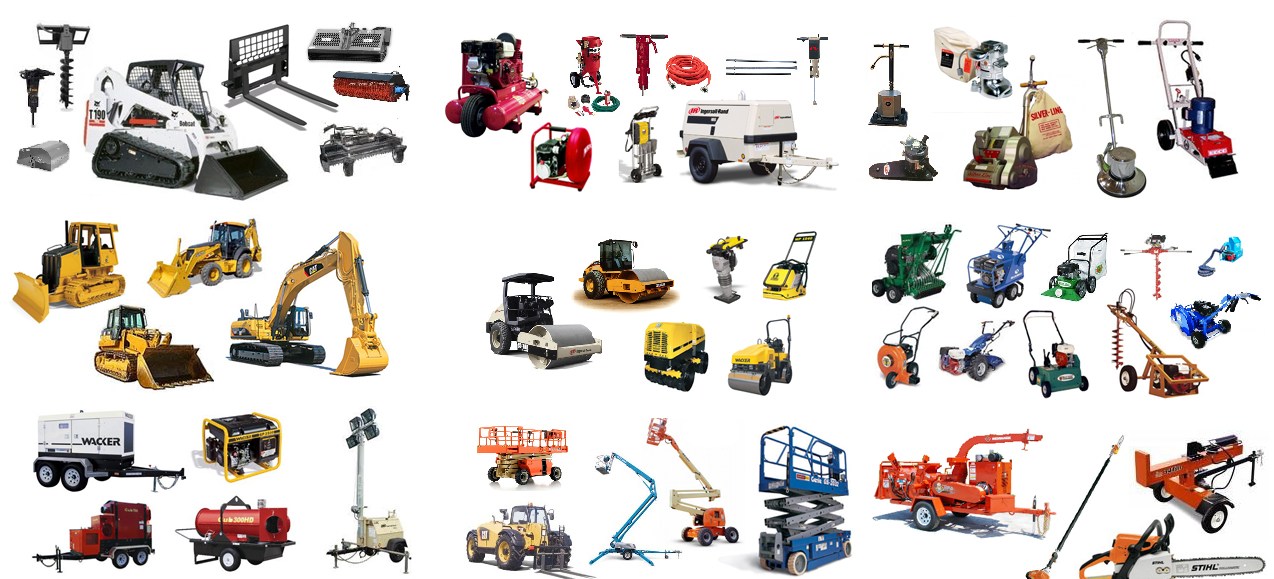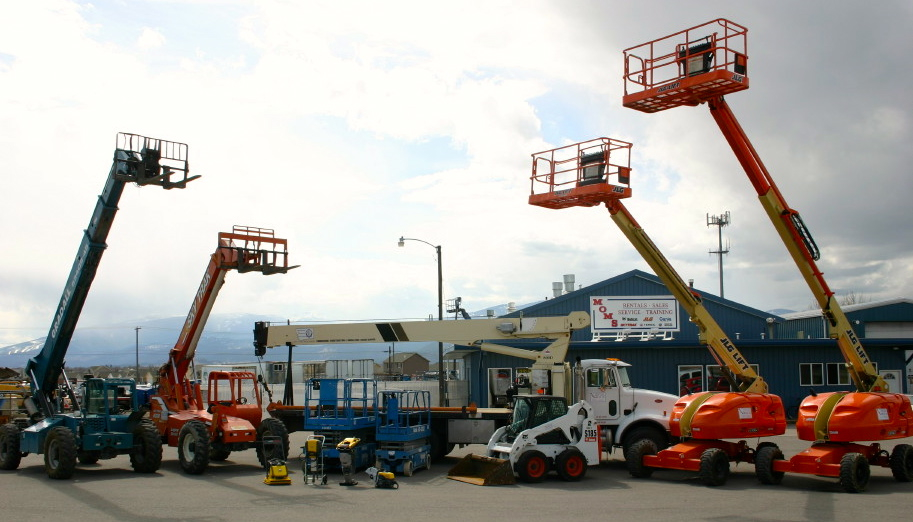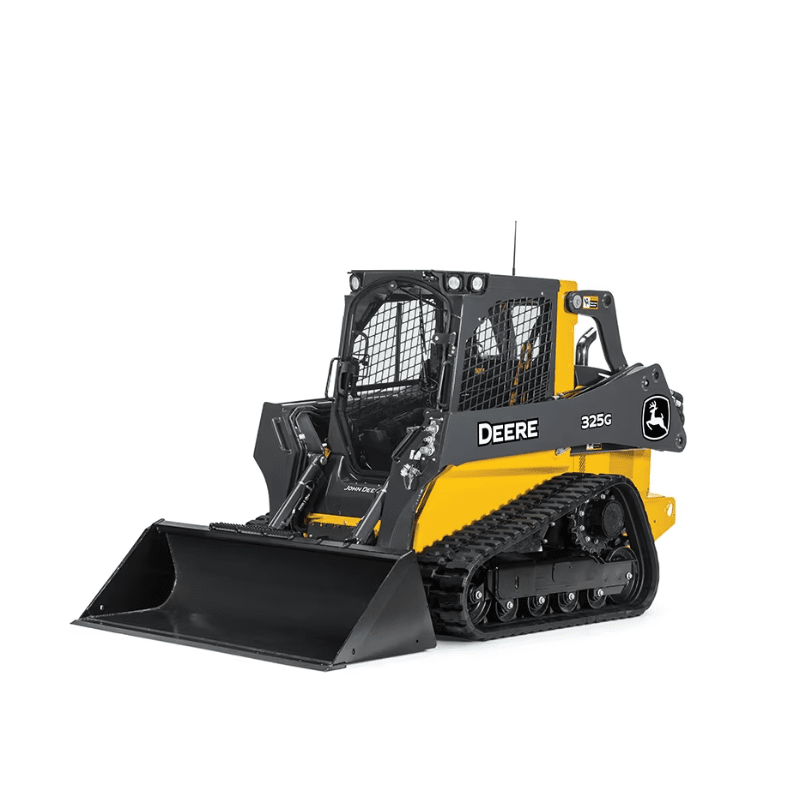Scissor Lift Rental: Safe and Efficient Lifting Solutions
Scissor Lift Rental: Safe and Efficient Lifting Solutions
Blog Article
Maximize Your Budget by Understanding the Costs Related To Building And Construction Tools Services
Recognizing the full extent of costs connected with building and construction devices rentals is critical for maximizing your budget plan. What methods can be employed to efficiently handle these prices and make sure a more reliable rental experience?
Review of Rental Expenses
When considering building and construction equipment rentals, recognizing the connected prices is vital for reliable budgeting and project preparation. Rental costs can vary substantially based upon numerous variables, consisting of equipment type, period of service, and area. The first rental cost frequently reflects the devices's market need and its associated functional abilities, influencing the total expenditure.
Along with the base rental rate, ancillary prices may emerge, such as transport charges, gas additional charges, and upkeep fees. It is necessary to account for these added expenses to properly examine the total cost of renting out tools. The rental period can impact rates; longer services may qualify for discounted prices, while short-term services may incur higher day-to-day fees.

Breakdown of Rental Rates
A detailed understanding of rental rates is important for service providers and job managers aiming to enhance their budget plans. Rental rates for building and construction equipment usually contain a number of components, consisting of base rates, time-based charges, and usage costs.
Base rates are the core fees connected with the rental of the equipment, often identified by the kind and dimension of the machinery. These rates can vary considerably, influenced by elements such as devices need, availability, and local market patterns. Time-based fees, which may be daily, weekly, or monthly, serve to accommodate various task timelines and rental periods.
Furthermore, rental rates might include usage charges, which apply when equipment is used past a defined limit, making certain that the rental firm can make up damage. Seasonal need fluctuations can also affect rental rates, with peak construction seasons typically regulating greater rates.
Moreover, recognizing the rental company's policies concerning upkeep and insurance policy can provide further insight into the overall price framework. By assessing these elements, service providers can make educated choices, guaranteeing the selection of rental tools straightens with both job needs and budget constraints.
Additional Fees to Consider
Comprehending the intricacies of extra costs is critical for professionals to manage their total service expenses properly. Past the standard rental rates, numerous additional costs can considerably affect the complete expense of tools rental. These fees commonly include shipment and pickup fees, which can differ based read what he said on range and logistics associated with transferring the tools to and from the job site.
Additionally, some rental firms might impose fuel surcharges if the devices is returned with less fuel than when rented out. It is additionally necessary to recognize prospective cleaning costs, specifically for specialized tools that requires extensive upkeep after usage.

Extensively reviewing the rental arrangement and clearing up these additional charges upfront can aid contractors stay clear of unforeseen costs and make certain that budget plans continue to be intact throughout the job lifecycle.
Maintenance and Repair Costs
Regular repair and maintenance expenditures are typically overlooked elements that can significantly influence the general expense of construction equipment services. When leasing tools, it is critical to take into consideration not only the rental fees but also the potential prices related to keeping the machinery in ideal operating problem.
Several rental business consist of basic upkeep as component of the rental arrangement; nevertheless, extra unforeseen break downs or considerable repairs can result in additional expenses. It's important to assess the rental contract meticulously to comprehend what upkeep solutions are covered and what duties fall on the renter.
Moreover, equipment that is not well-kept can result in inefficiencies at work site, possibly triggering delays and raising project prices. To mitigate these dangers, it is a good idea to carry out routine evaluations and preserve open communication with the rental copyright regarding any issues that emerge throughout use.
Insurance Policy and Liability Prices
Insurance coverage and liability expenses are essential elements that can substantially impact the general cost of building and construction devices rentals (heavy equipment rental). These see post costs guarantee that both the rental company and the client are protected from potential monetary losses occurring from accidents, damages, or theft throughout the rental period

Furthermore, clients should be aware of any deductibles or exemptions in the insurance plan, as these can impact prospective out-of-pocket expenditures. Understanding the terms and conditions of any insurance coverage is vital to prevent unexpected costs. Ultimately, budgeting for insurance policy and liability expenditures can help guarantee a smoother rental experience and secure against financial dangers connected with building projects.
Final Thought
In conclusion, an extensive understanding of the expenses connected with building and construction equipment leasings is essential for effective spending plan management. Inevitably, informed decision-making pertaining to equipment leasings contributes to the overall success of building undertakings.
Rental costs can vary dramatically based on a number of elements, consisting of tools type, duration of rental, and place (equipment rental company). The rental period can influence pricing; longer leasings may qualify for reduced prices, while short-term services might sustain higher daily costs
By performing detailed research and involving with trustworthy rental companies, contractors can efficiently navigate the complexities of rental rates, eventually optimizing their economic sources.
Beyond the common rental prices, various additional charges can dramatically mixer machine for construction influence the complete expense of equipment leasing. Rental firms frequently offer obligation insurance coverage that covers injuries to 3rd events or damages to home, while equipment damages insurance can cover the cost of repair work or substitute if the leased devices is harmed.
Report this page